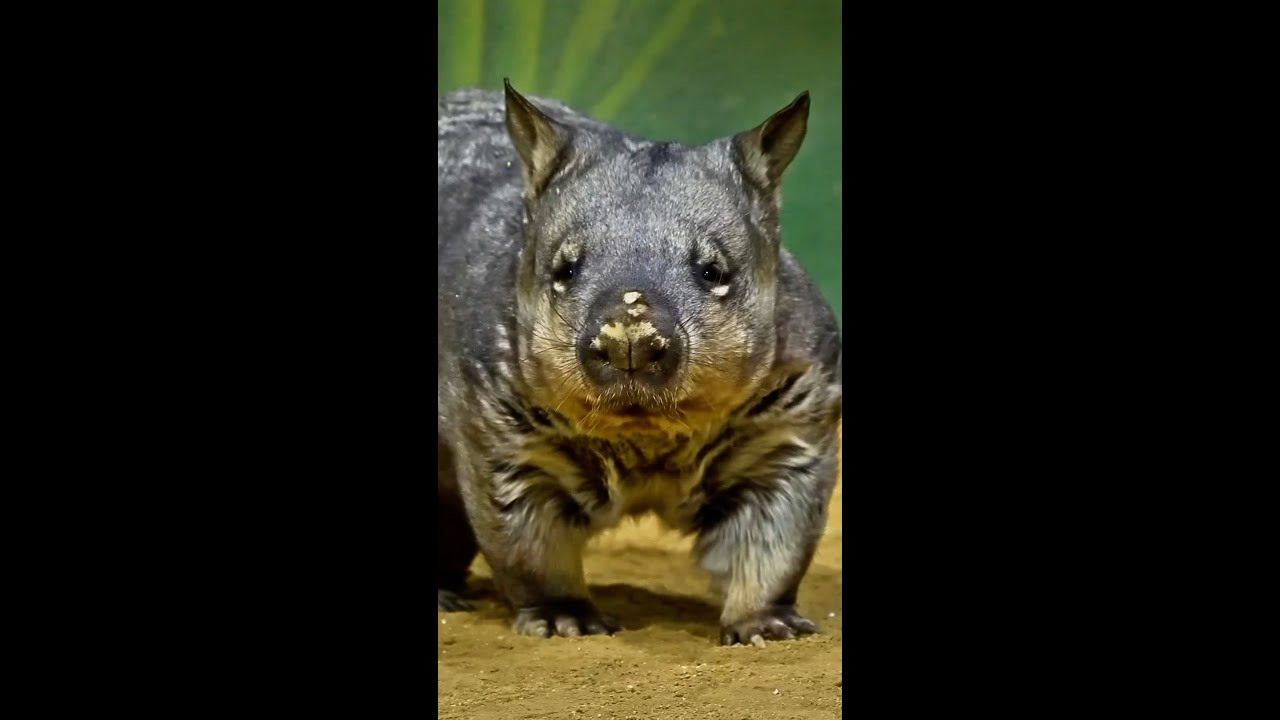- Comparative analysis of physical features and behaviors of wombats and bulldogs.
- Examination of their habitats and environmental roles, with insights into zoo management.
- The challenges and strategies involved in wildlife conservation for wombats and bulldogs.
- Engaging the public’s interest in zoology through interactive challenges like Wombat or Bulldog? The Ultimate Lookalike Challenge! and its educational importance.
- Emphasizing the significance of responsible wildlife interaction and education in conservation efforts.
Wombat or Bulldog? The Ultimate Lookalike Challenge! offers an intriguing opportunity to explore the fascinating worlds of two vastly different species that, despite superficial similarities, exist on opposite ends of the ecological and behavioral spectrum. This challenge not only highlights the characteristics and habitats of wombats and bulldogs but also serves as an engaging tool to promote zoology and conservation education.
At first glance, wombats and bulldogs might seem an unusual pair for comparison. However, both animals exhibit a distinctive combination of physical traits that, when exaggerated or misrepresented, can lead to amusing confusions. Recognizing the eccentricities of their appearances helps bridge curiosity with a deeper understanding of these creatures.
Wombats are a type of marsupial native to Australia, identifiable by their stout build and squat appearance. Unlike any canid, these herbivores spend much of their time constructing extensive burrow systems. Their robust bodies are designed for digging, featuring powerful limbs and a unique backward-facing pouch that prevents dirt from entering during excavation. Beyond their burrowing prowess, wombats possess distinctive cube-shaped feces, a biological marvel resulting from their intestinal structure.
In contrast, bulldogs are a breed of domestic dog known for their stocky, muscular appearance and characteristic wrinkled face. These dogs, celebrated for their gentle dispositions, are popular companions. Their short stature and wrinkled skin may contribute to a superficial likeness with wombats. Yet, bulldogs are entirely adapted to human companionship, lacking any of the wild instincts present in their marsupial doppelgängers. Understanding these differences is pivotal in zoo exhibitions where audience interaction is dominated by visual recognition and kinesthetic activities.
For both animals, their evolutionarily adapted features reveal critical insights into their respective roles within their natural and human-altered habitats. Wombats serve as ecosystem engineers, their burrows providing habitats for numerous other species. On the other hand, bulldogs hold a unique position in domestic life, requiring specific care tailored to their physiological quirks. Effective zoo management involves recognizing these species’ requirements and making well-informed decisions to replicate their needs, ranging from environmental enrichment to dietary considerations that mimic natural conditions.
Wildlife conservation efforts for wombats and bulldogs present distinctly separate sets of challenges. In the wild, wombats face threats from habitat destruction, disease, and climate change. Concerted efforts to preserve their natural environments and address issues like mange can make significant impacts. Conservation initiatives often focus on habitat protection and the restoration of affected areas, coupled with research into disease management strategies.
Bulldogs, bred for companionship, face issues more associated with pedigree breeding, such as genetic health problems due to overbreeding. Efforts to promote healthier breeding practices and educate potential owners about the importance of genetic diversity are crucial. These challenges highlight the diversity in conservation strategies required for wild versus domestic species.
The Wombat or Bulldog? The Ultimate Lookalike Challenge! acts as a powerful educational platform. Through interactive and visual learning, audiences are inspired to delve into the unique aspects of these species. Integrating such engagements in zoos and educational settings helps promote awareness and appreciation for wildlife among the public, sparking an interest in the field of zoology.
Such initiatives not only entertain but educate and foster a sense of stewardship. Encouraging the public to understand and differentiate between these two animals cultivates a deeper appreciation for biodiversity. It also underscores the importance of careful wildlife management, both in seizing the educational potential of displays and in advocating for the animals’ wellbeing.
The significance of public education through activities like this cannot be overstated. By fostering an environment where people can interact with and learn about animals actively, we create more informed communities that value conservation. This interaction is critical as it emphasizes that responsible wildlife interaction and ongoing education are central to successful conservation efforts both for native wildlife and domestic breed management.
In sum, the challenge serves not just as an engaging educational tool but as a reminder of the broader responsibilities we have in the stewardship and appreciation of the world’s biodiversity. Through understanding the differences between wombats and bulldogs, we forge stronger connections with the natural world, promoting a future where both wildlife and human interests are harmoniously aligned for the benefit of all species.
*****
Source Description
Hi, Murray! 👋
Wombats may look like French bulldogs, but they’re actually marsupials—closely related to koalas 🐨. Known as the “bulldozers of the bush,” these digging dynamos build massive burrows with intricate tunnel systems, some nearly two feet wide and stretching up to 100 feet long!
#Wombat #Bulldog #CuteAnimal

